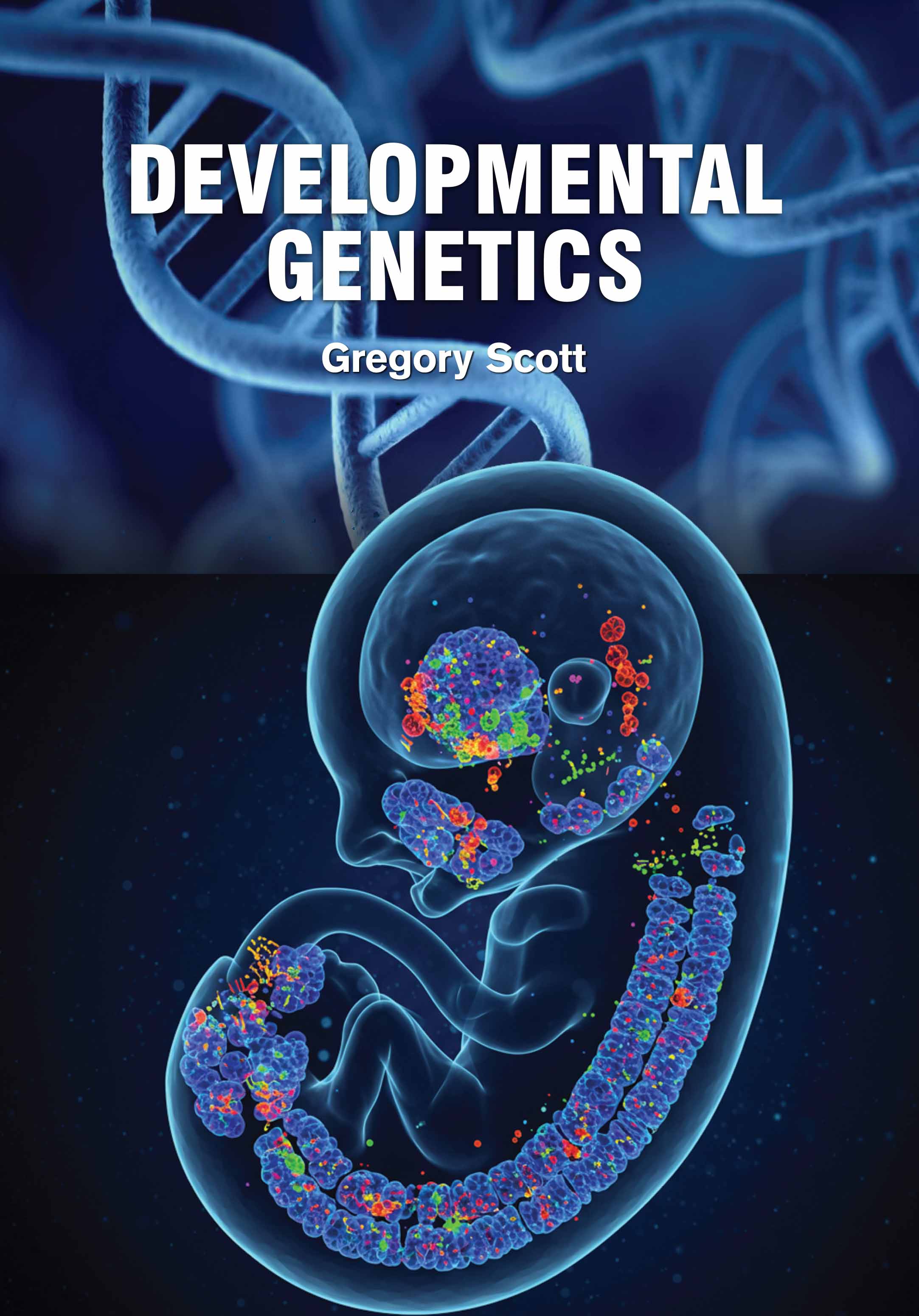About This Book
Fish genetics and breeding is a crucial field that focuses on improving fish populations for sustainable
aquaculture, conservation, and research purposes. By applying principles of genetics, scientists can select fish
with desirable traits such as faster growth rates, disease resistance, and better feed conversion efficiency.
Genetic studies also help in understanding the inheritance patterns of important traits, such as color, size, and
reproductive characteristics, which are critical for breeding programs aimed at producing high-quality fish.
One of the key areas in fish breeding is selective breeding, where fish with superior genetic traits are chosen to
mate, passing on those desirable characteristics to future generations. This process can significantly improve
productivity in aquaculture, allowing for healthier, more resilient fish stocks. Genetic techniques, such as
marker-assisted selection, allow breeders to identify fish with specific genetic markers associated with
beneficial traits, making the selection process more efficient and accurate. Fish genetics also plays a vital role in
conservation efforts, particularly in maintaining genetic diversity in wild fish populations. Overfishing and
habitat destruction can lead to reduced genetic variability, making populations more vulnerable to diseases
and environmental changes. By managing breeding programs and monitoring genetic health, fish populations
can be maintained and conserved for future generations, promoting biodiversity and ecosystem stability. This
book explores the principles and techniques of fish genetics and breeding, highlighting their applications in
aquaculture, conservation, and research.
Contents: 1. Applications of Genetic Biotechnologies in Fisheries, 2. Embryonic and Genetic Manipulation in
Fish, 3. Innovative Technologies for Genetic Improvement, 4. Applications of Biotechnology in Fish Breeding,
5. Transgenesis Applications in Fisheries Development, 6. Advancements in Fish Reproductive Biology,
7. Advancements in Bioremediation through Genetic Engineering, 8. Innovations in Aquaculture through
Genetic Engineering.

